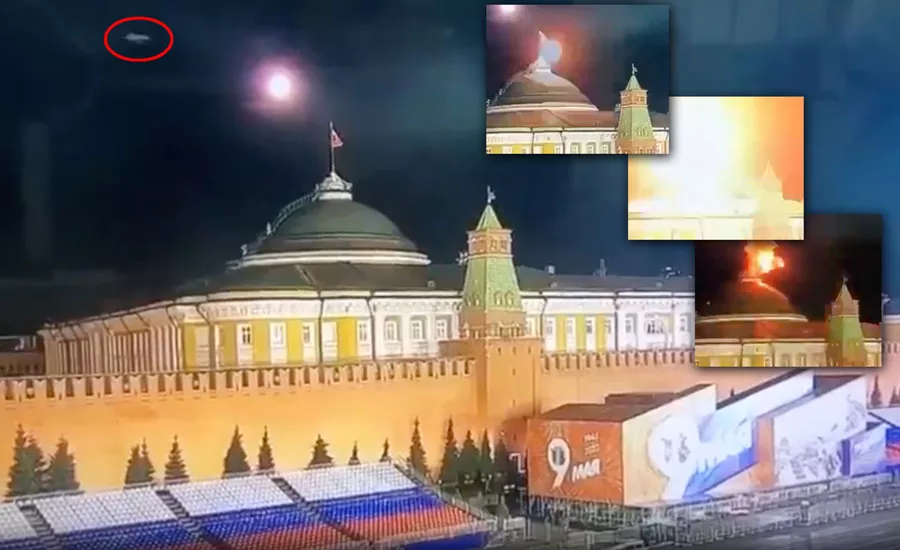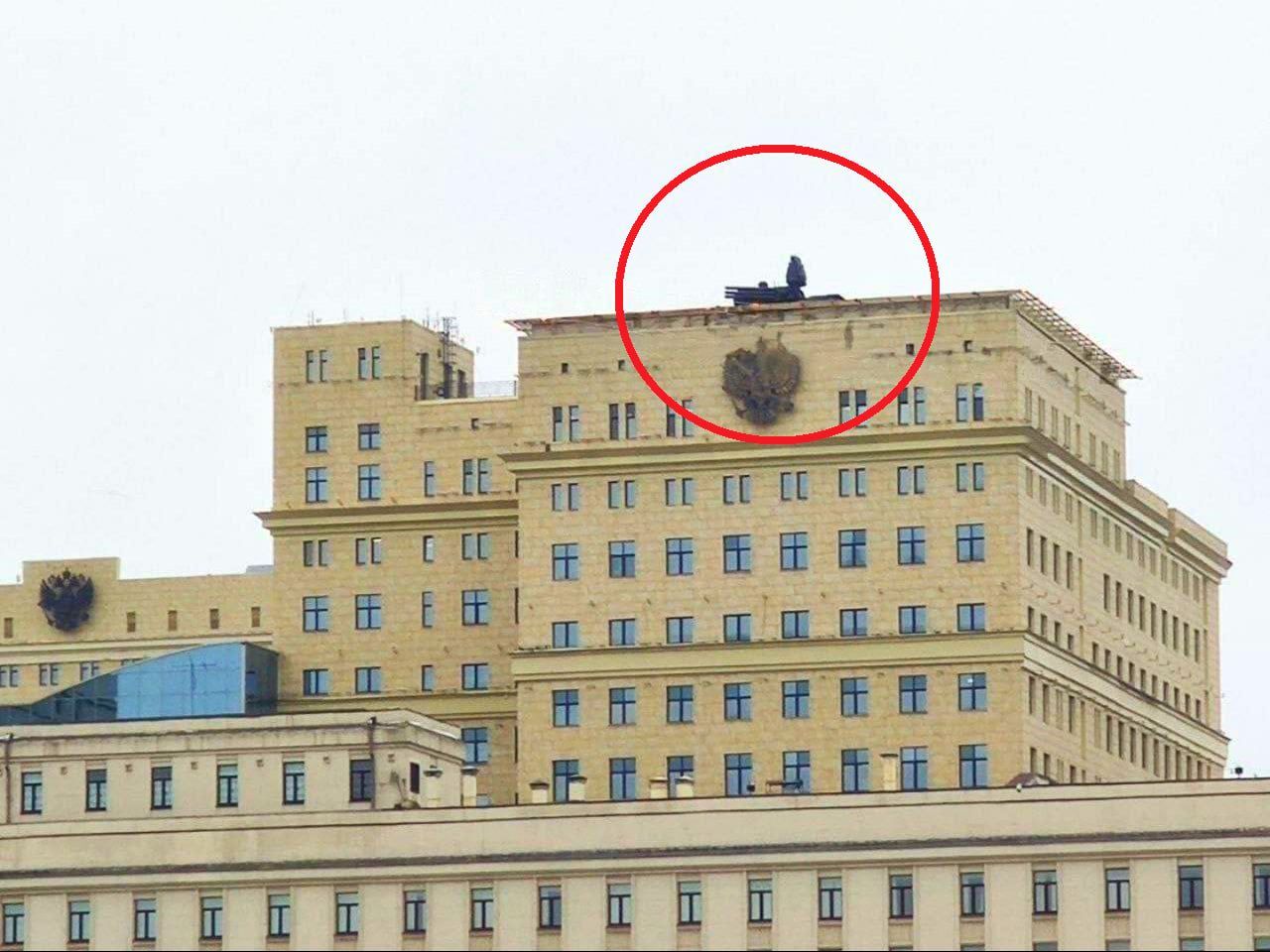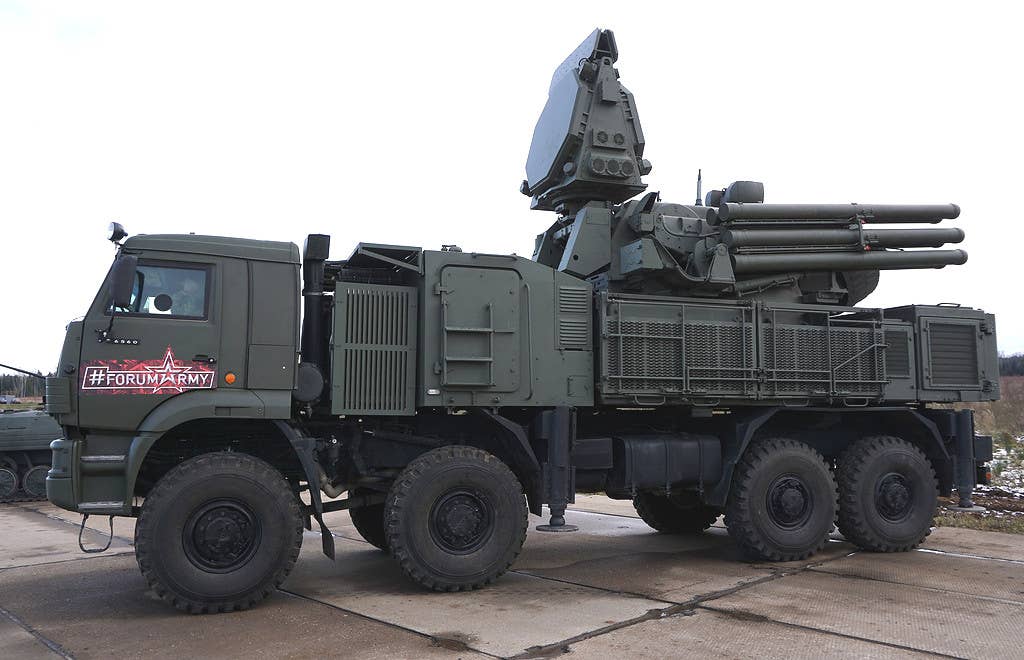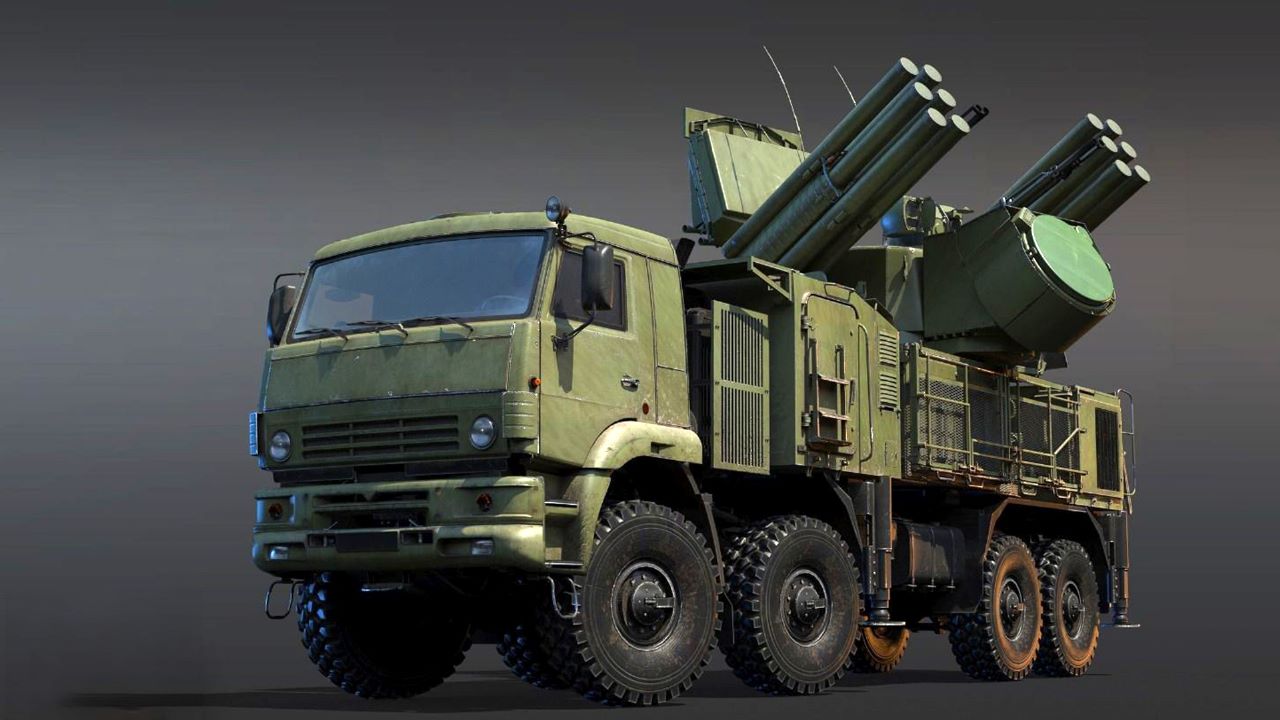The heavily guarded area around the Russian presidential seat was breached by two suspected drone attacks on May 3. However, they were intercepted moments before causing any harm.
Ukrainian Banker Announces $540,000 Reward For Anyone Whose Drone Can Attack Russia’s Victory Day Parade
The incident went unnoticed on social media until the Kremlin disclosed it around 12 hours later. Moscow clarified that President Putin was absent at the Kremlin during the incident.
However, questions remain about how the two drones breached the security of one of the most fortified buildings in Moscow’s city center.
Opinions on the incident vary among analysts, with some proposing that the attack could be a false flag operation orchestrated by Russia, while others speculating it might be a deliberate symbolic act by Ukraine, targeting a prominent symbol of Russian state power.
The event has also raised questions about the effectiveness of the Russian air defense systems, as they failed to thwart the drone from reaching the city center.

Russia has consistently made allegations against Ukraine, accusing them of orchestrating attacks on significant locations within Russian territory.
In response, Kyiv has offered ambiguous public statements, refraining from directly claiming responsibility for the strikes but expressing a sense of satisfaction in observing them.
This tit-for-tat dynamic between the two nations adds to the situation’s complexity and fuels ongoing speculation about the motives and dynamics at play.
Meanwhile, Ukraine has openly announced that it is developing longer-range drones, adding to the speculation surrounding their potential involvement in the recent incident at the Kremlin.
Kyiv has proven itself capable of striking Russian territory on multiple occasions, raising concerns about the effectiveness of Russian air defenses.
The proximity of drone attacks to the Russian capital has been a concerning trend. In February, a UAV fell near Kolomna, approximately 60 miles Southeast of Moscow. Another incident followed in April when a drone fell 18 miles East of the capital.
The recent drone attacks on the Kremlin have only added to these perturbations, sparking uncomfortable questions about Russia’s ability to prevent future attacks.
Concerns Over Pantsir Air Defense Systems
In response to the escalating threat of drone attacks, Russian Pantsir air defense systems were strategically deployed on the rooftops of several crucial buildings in Moscow, including on top of Russia’s Ministry of Defense headquarters. Such a deployment of point defense systems is not unheard of, as the US uses NASAMS and Avenger systems to defend Washington.
This move aimed to bolster the city’s defense capabilities and provide an additional layer of protection against potential aerial threats.
In addition to the Pantsir air defense system, Moscow’s defenses have been further reinforced by the deployment of S-400 anti-aircraft systems.
According to the reports, these advanced systems have been strategically positioned throughout the capital, enhancing Moscow’s already notable defense capabilities.
However, the Pantsir air defense system has also faced criticism from some military analysts who doubt its effectiveness against modern aerial threats.

A Ukrainian military-political observer Oleksandr Kovalenko claimed that the Pantsir-S1 anti-aircraft missile-gun system is not technically equipped to intercept HIMARS missiles, contrary to previous claims made by Russian experts.
Kovalenko shared this information through his Telegram channel, shedding light on the limitations of the Pantsir-S1 system in countering specific missile threats.
The expert’s response was specifically in reference to the claims made by the state-affiliated media organization Zvezda, which is also backed by the Russian Ministry of Defense, stating that the Pantsir system has a 100% interception rate against HIMARS missiles.
The expert expressed skepticism regarding these claims, highlighting that the Pantsir system does not possess the technical capability to intercept HIMARS missiles reliably.
Kovalenko pointed out that these very systems that supposedly formed a comprehensive defense network around the Kremlin failed to prevent two UAVs from landing on the roof, despite their rather underwhelming maximum speed of less than one kilometer per second.
Kovalenko shed light on a captivating incident that unfolded in 2020 when the firing of the Pantsir-S1 air defense missile system battery resulted in a disappointing outcome.
Despite the synchronized efforts of four Pantsir-S1 systems launching their missiles at the elusive E-95 airborne target, they missed their mark.
Russian military analyst Ian Matveev previously also claimed that the effectiveness of systems like Pantsir in countering drone attacks might appear promising in theory, but real-world results often tell a different story.
Matveev emphasized the intricacies of air defense, acknowledging that even with a properly functioning mechanism, the possibility of missing targets exists. Furthermore, he expressed concern over a recent decline in the level of professionalism within the Russian military.
Pantsir Anti-Aircraft Missile Near Putin’s Home
The Pantsir system is a critical component of Moscow’s air defense arsenal. The team of Russian opposition leader Alexei Navalny discovered that the Pantsir S1 air defense missile system was also utilized to safeguard Russian President Vladimir Putin.
Specifically, military equipment was observed near Putin’s residence in Krasnaya Polyana (in the vicinity of Sochi), Novo-Ogaryovo. The system was deployed with a vigilant team of three dedicated servicemen.
The residence of Russian President Vladimir Putin was located approximately six kilometers away from the site where the Pantsir defense system was positioned, as per Agentstvo, an investigative site launched in 2021.
The development of the Pantsir air defense system by Russia’s KBP Instrument Design Bureau commenced in 1989 to replace the 2K22 Tunguska system.
Originally, the primary objective of the Pantsir system was to provide defense against airfield assaults, safeguard missile silos, protect command posts, and secure communication arrays.

Following the disintegration of the Soviet Union in 1991, the role of the Pantsir system underwent a transformation, and it was subsequently repurposed as a short-range defense solution for the Russian ground forces.
The finalized design of the Pantsir system was officially introduced and put into service in 2003.
The fire control system (FCS) of the Pantsir air defense system is heavily reliant on a dual waveband tracking radar and a target acquisition radar operating within the UHF and EHF (Ultra High Frequency and Emergency High Frequency) wavebands.
The radar component can detect targets within a range of 32-36 kilometers, with a tracking range of 24-28 kilometers when dealing with targets possessing a Radar Cross Section (RCS) of 2m².
Additionally, the radar system can track the surface-to-air missile and the targeted object while in motion.
Beyond its radar capabilities, the fire control system (FCS) of the Pantsir S1 air defense system boasts an impressive electro-optic channel that incorporates advanced features like a long-wave thermal imager and an infrared direction finder.
These cutting-edge technologies are complemented by digital signal processing and automatic target-tracking capabilities.
With the unique advantage of two independent guidance channels, namely radar and electro-optic, the Pantsir S1 exhibits the remarkable ability to engage not just one but two targets simultaneously.
This dual-channel system enhances its operational effectiveness and is a potent defense against the ever-present threat of enemy anti-radiation missiles, such as the US-supplied AGM-88 HARMs, which Ukrainian MiG-29s have deployed.
By countering these missiles, the Pantsir S1 ensures that Russian air defense crews are not compelled to compromise their radar systems, thereby maintaining a steadfast defense posture.
A Ukrainian MiG-29 pilot revealed that Russian air defense units are often compelled to switch off their radars in the face of enemy anti-radiation missiles.
However, the pilot acknowledged that the Russians have numerous systems and multiple echelons at their disposal, and even without radar, their Pantsir air defense system remains a formidable threat.

This is partly because the Pantsir is equipped with an electro-optical station that enables it to maintain a degree of effectiveness even when the radar is turned off.
The system comprises twelve radio command-guided missiles, two rapid-firing 30-millimeter 2A38 autocannons, and advanced electro-optical and radar sensors.
This combination of components equips the system with a multi-faceted defense capability, enabling it to engage and neutralize threats effectively.
- Contact the author at ashishmichel(at)gmail.com
- Follow EurAsian Times on Google News




